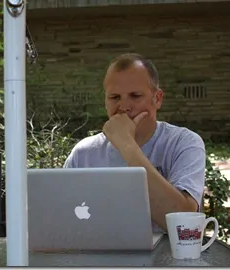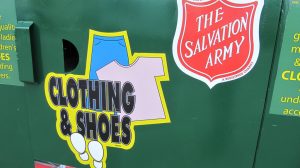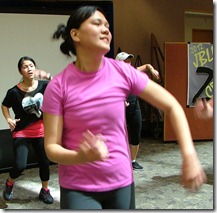Stop. Take a deep breath. That feeling of dread? It’s just the holiday spirit leaving your body with each passing breath. It’s your own fault… everyone knows not to look at the receipts on the day after!
If you were smart, you planned ahead. You created a holiday account at the beginning of the year so by the time November rolled around, you had cash on hand for cherry-picking the best deals.
If you were smart, you stuck to your budget and didn’t let stress, competition, irresistible deals, or last-minute price hikes to knock you off your plan. You made a list of people and charities you wanted to recognize, set a price per gift, stuck to your list, and got your shopping done early.
That’s if you were smart.
But if your candy cane and cookie euphoria is dissipating with every thought of your credit card statement, you’re not alone. It’s engrained in our culture: Thanksgiving is to overeating as Christmas is to overspending – lavish spending you’d never consider otherwise.
The pressure to GIVE is powerful; our senses may leave us entirely. When we shop, we anticipate the warm embrace and feeling of joy WE create when a gift is received. It’s awfully noble. But if you’re like me, today is the day you watch your kids and realize just how little use your gift will get (I will never buy a robotic pet again!).
So what’s next?
Budgets are fluid. They require constant reevaluation. If you overspent, it’s time to reconsider your budget for the coming months. You won’t be able to see any viable options without a clear picture. If you didn’t before, go back and write down what you spent.
Chances are, it’ll make you feel better. You’ll realize that, while you had a bad month for your budget, you aren’t completely out in the cold. Because, you see, most of the year… You were smart.
If you’re not feeling better, take solace knowing that it’s possible to mount a comeback.
A few years back, holiday spending tipped my credit card balances over the edge. I wasn’t smart. I thought I was – it makes sense to open up store credit cards to save 10%, right? Wrong. It wasn’t until too late that I realized I wouldn’t be able to make the minimum payments on so many cards.
I knew enough to see that with accumulating interest, everything I could afford to pay towards my various credit card bills would be going straight into the creditors’ pockets while my debt level remaind constant. Classic debt spiral.
What did I do? Consolidate. Debt consolidation sounds ominous, but it’s far worse for your credit to fall behind on payments. You can take advantage of low interest rates on balance transfers and merge your debt to one account, or seek a consolidation loan to pay off your principal balances. If you have good credit history, you may be able to achieve a lower interest payment or a longer payment period. Managable. You can handle that.
The moral of the story? I’ll say it again:
Stop. Take a breath. Enjoy what’s left of the holidays. You’ve got options.
Photo: TopGold
Thanks to Jennifer Willard for taking over the blog responsibilities today while Joe & OG search for more egg nog. Jennifer has a new blog, Crayons & Coins. She also writes for Credit Guard, a non-profit debt counseling company.

Joe is a former financial advisor and media representative for American Express and Ameriprise. He was the “Money Man” at Detroit television WXYZ-TV, appearing twice weekly. He’s also appeared in Bride, Best Life, and Child magazines, the Los Angeles Times, Chicago Sun-Times, Detroit News and Baltimore Sun newspapers and numerous other media outlets. Joe holds B.A Degrees from The Citadel and Michigan State University.




